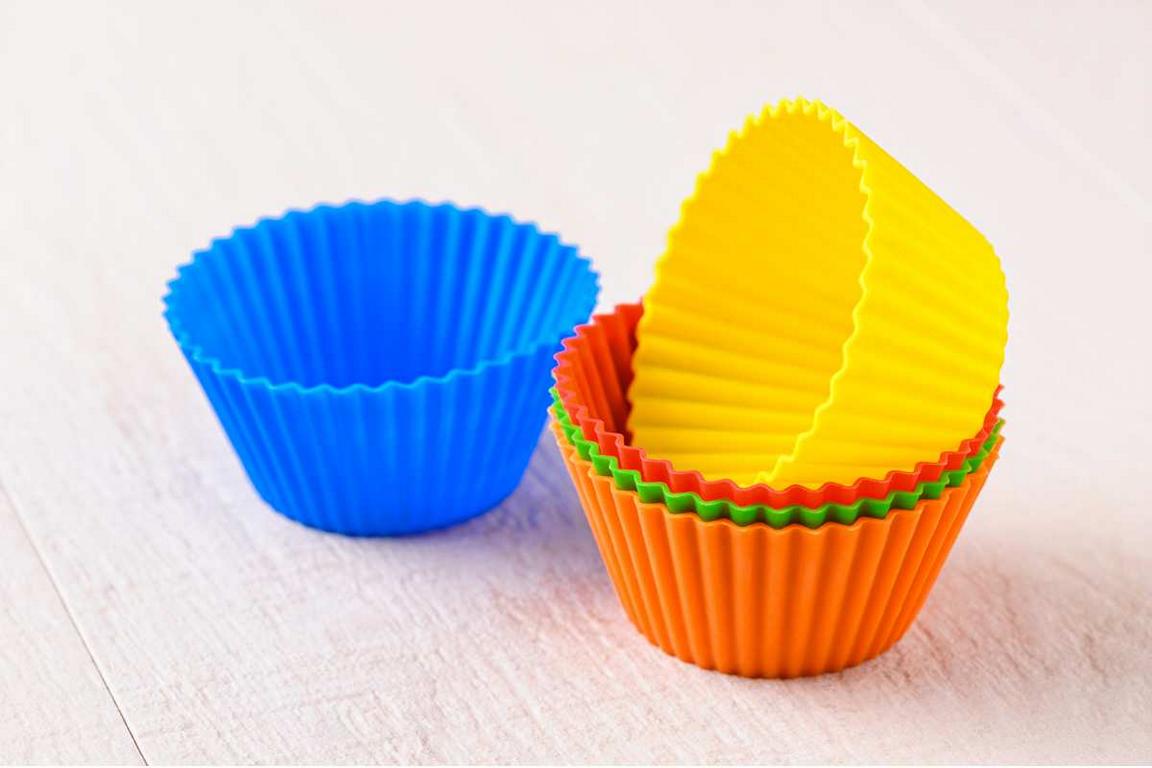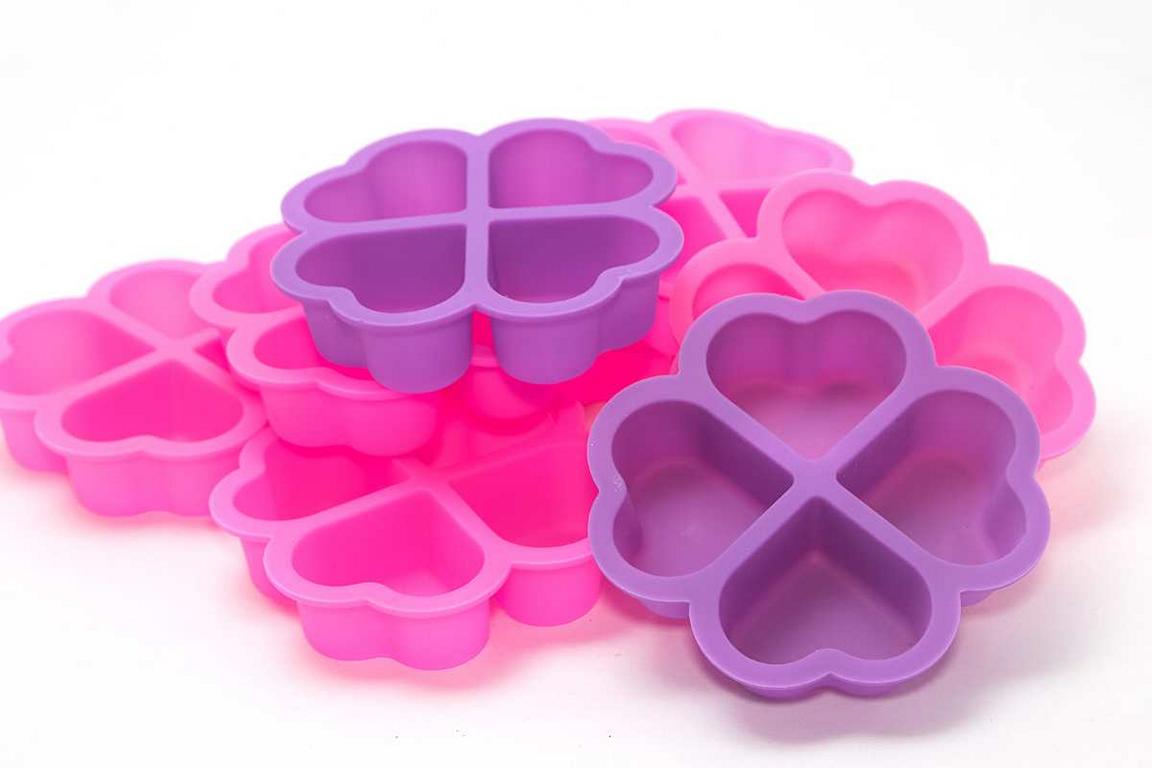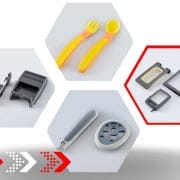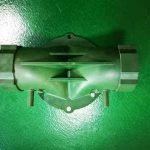TPE injection molding
What is TPE injection molding?
TPE injection molding refers to the process of injecting thermoplastic elastomers (TPEs) into a mold to produce a finished product. TPEs are a type of material that exhibits the characteristics of both thermoplastics and elastomers. They are often used to produce products that require flexibility, durability, and resistance to weathering.
TPE injection molding is a versatile process that can be used to produce a wide variety of products, including automotive parts, consumer goods, medical devices, and more. It offers many benefits over traditional manufacturing methods, including lower costs, faster production times, and greater design flexibility.

What is TPE material?
TPE (thermoplastic elastomers), sometimes referred to as the material of thermoplastic rubbers, is a class of copolymers or a physical mix of polymers that consist of materials with both thermoplastic and elastomeric properties. The materials have the potential to be recyclable since they can be molded, extruded, and reused like plastic. And they have the typical elastic properties of rubbers, which are not recyclable owing to their thermosetting characteristics. Want to know more about TPE? Go to the TPE-safe page to learn more.
These materials are available in different configurations and features as per the requirements of the client. The TPE material, with no need to add reinforcing agents, stabilizers, or cure systems, is sourced from reliable vendors on the market who use superior-quality raw materials in the manufacturing process.
The selection of the material is an important decision in injection molding. The material has a significant impact on the properties of the product, whether these are regarding its appearance, stability, interaction with other materials, or physical property. Material is a basic element in the production of any product, so it has a big impact on the cost, which is an important element in decision-making.
When you choose TPE (thermoplastic elastomers) for your injection molding parts for your project, you should know what the property is. Basically, TPE overmolding and 2K molding are the normal molding processes we work on. like PTE over ABS, TPE over PC, TPE over PP, etc. This material is a type of synthetic resin that starts melting when exposed to heat and hardens when the temperature drops, but without changing its chemical properties.

TPE injection molding
Process of TPE injection molding
In the process of TPE injection molding, a hopper is used to enter the TPE pallets into the machine and, after that, into the barrel. Here, the high temperature of the barrel makes the material a liquid resin. This liquid resin is fed into a closed mold with high pressure. When the molten polymer makes the finished document dry and cool, it is then taken from the mold.
Although injection molding is a good solution for a number of problems, custom injection molding is used to resolve the problems. However, the use of appropriate material is crucial. Injection molding is a fast process, and the properties of TPE plastic make it a desirable material for injection molding. The products in which TPE is used are thermoplastic polyurethanes (TPU), thermoplastic olefins (TPE-o), synthetic block copolymers (TPE-s), thermoplastic copolyesters, elastomeric alloys (TPE-v or TPV), and thermoplastic polyamides.
How to Select TPE Shore Materials
Sometime we will see the information on the TPE data sheet that has TPE shore A xx, for example, shore A 30, shore A 50, etc. What does this mean? Single explain that TPE shore means the hardness of TPE material.
When you plan to use TPE, the first thing you need to think about is what hardness of the TPE you need to use, which means what shore degree of materials you need to use. But here are some normally used materials on the market today: the most popular hardness of TPE used will be from shore A 40–80,
If you are not sure what shore degree of materials you should use, the best option will be using the TPE shore A 50 at first; you can change to shore A 40–80, so if you are not sure what shore degree of materials you should use, the best option will be using the TPE shore A 50 at first; you can change to shore A 40 or 60 after the first mold trial.
Of course, when you select the TPE materials, there should be many other factors that you should think about, for example, UV resistance, food degree, FDA degree, and so on.
Advantages of using TPE injection molding
- As the plastic pallets are liquefied at high temperatures and under high pressure, they are molded into a component that can be converted into the desired shape by curing without the use of a chemical bond. It implies that this type of molding can be easily melted and reshaped to make corrections to the product, and the resin is reusable multiple times.
- TPE plastic injection molding has been used in various industries for making impact-resistant devices and component housings, sealing rings, some food-contact-approved applications such as bottle cap and closure liners, baby bottles, and toddler cup spouts (provided proper FDA regulatory compliance is met), PVC, silicone, seals, etc.
Disadvantages of using TPE injection molding
Thermoplastic elastomers (TPEs) have many advantages. However, the use of TPE injection molding has its drawbacks. When you plan to use TPE plastic materials for your injection molding parts, you need to think about the following things in advance.
One of the primary disadvantages of TPE injection molding is that it is a little more complex during injection molding. Compared to other hardened thermoplastic injection molding materials, TPE molding requires high-quality mold design and manufacturing because TPE is very easy to go flash.
Furthermore, the viscosity of TPE materials can pose challenges during the injection molding process. TPEs generally exhibit a higher melt viscosity than traditional thermoplastics, which can result in longer cycle times, sticking to the cavity side, easy distortion, hard control of the dimensions, etc.
Another significant drawback of TPE injection molding is the limited part design. Due to the properties of TPEs, it is not possible to make complex part designs or deep rib designs. That is why TPE is mostly used in the overmolding process.
Additionally, the environmental impact of TPE injection molding must be considered. The manufacturing of TPE-based products can result in a higher energy footprint and a larger carbon dioxide (CO2) footprint compared to other plastic materials. This is primarily due to the energy-intensive nature of the injection molding process and the potential difficulties in recycling or disposing of TPE waste.

Applications of TPE Injection Molding
TPE injection molding parts are used in many industries. Below, we will list a few industries that use TPE materials for their products.
Automotive industry
Due to the flexibility of TPE, some gaskets and interior components are used in car components.
Consumer industry
There are a lot of TPE injection molding parts used in this industry, such as TPE spoons, TPE handle grips, TPE bowls, and many more.
Medical industry
TPE injection moulding uses to the medical industry as well, those medical components include tubing and seals in medical equipment, syringe handles, and other places where user safety and hygiene are crucial.
This is only a few samples of TPE products, but there are many more industries using TPE materials. If you have a project that needs to use some soft materials, then TPE may be one of the options to think about.
Conclusion
In the injection molding process, the choice of material is a key decision because the main component of the molded product is material. Today, injection molding is being used as a solution to many problems. TPE is considered an appropriate material for injection molding due to its properties, which are considered desirable for the molding process. Although it has some disadvantages, proper handling will help to avoid such negative consequences.
If you have any project that needs TPE or TPU injection molding service, you are welcome to send us your requirements for a quotation. We are a custom injection mold and molding company that offers different types of custom molds and molded products for all of the industries, and we will provide you with the best solution.
Looking for a TPE plastic injection molding service? Welcome to contact us.





